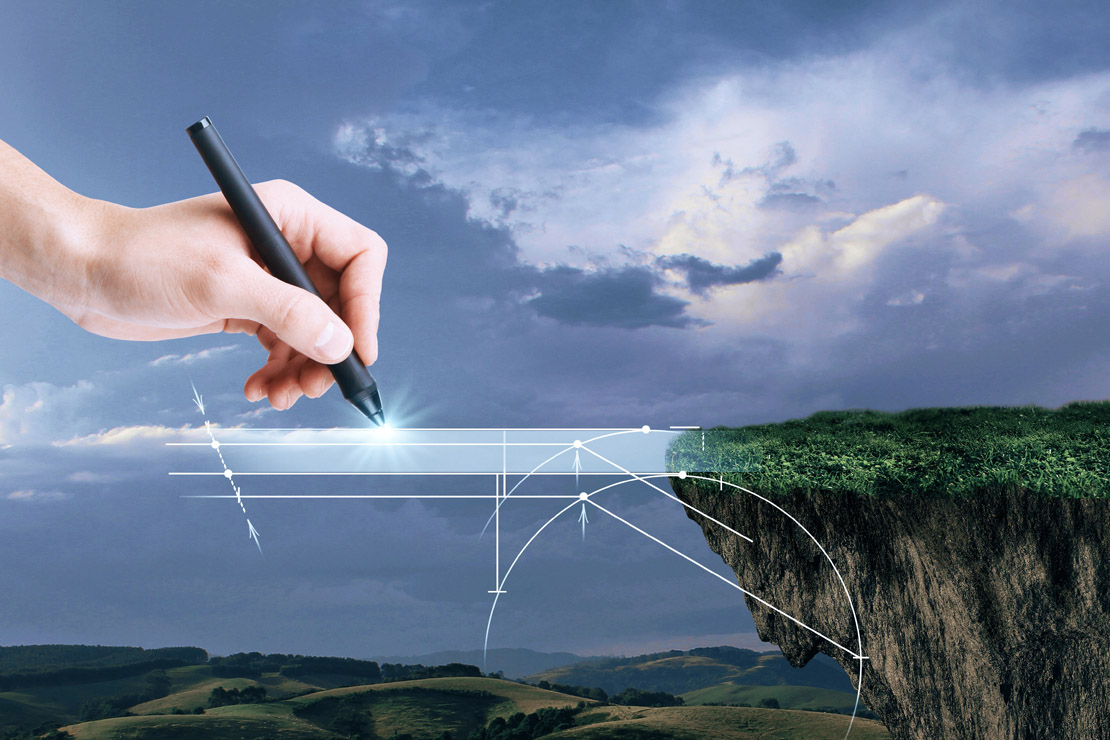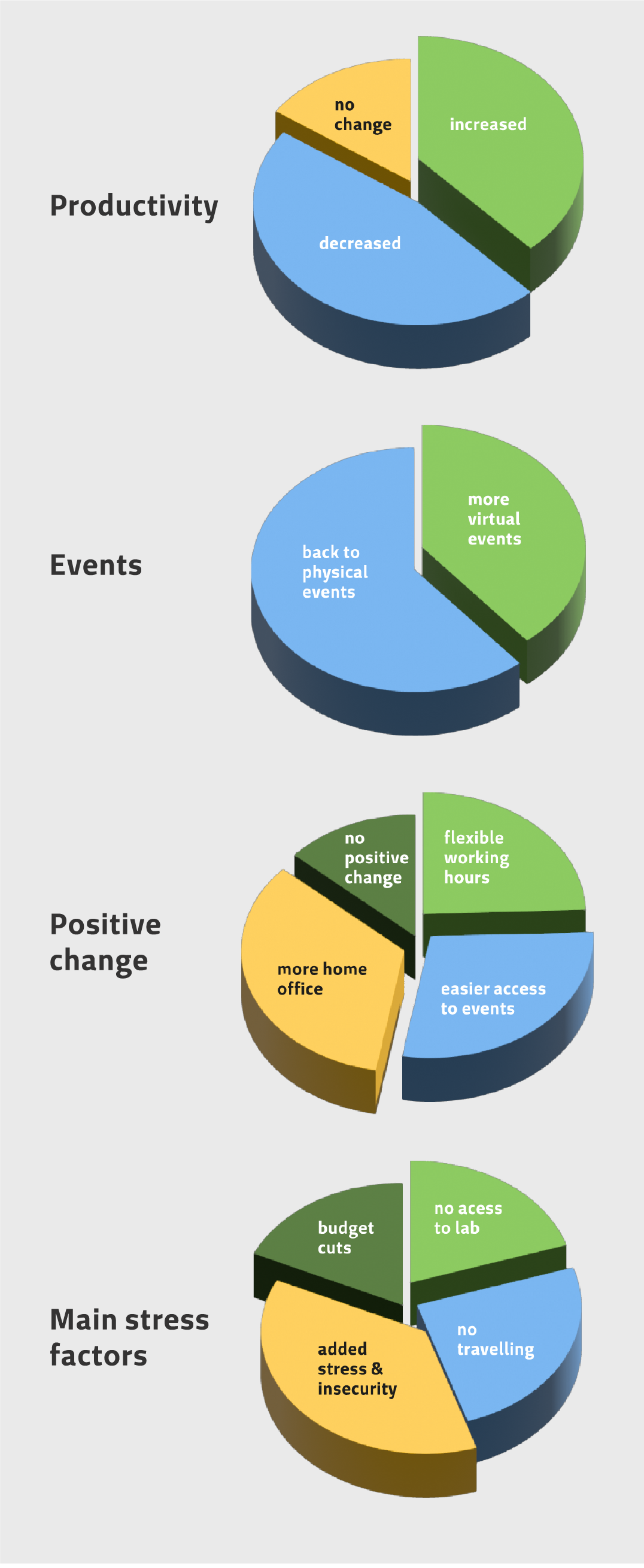Editorial - From timber stack to the Menai Suspension Bridge: how to move forward
Newsletter

The simple English word "bridge" can mean so many different things. We can build one to move forward and cross the river or establish a new relationship, new understanding. We can burn one to stop our enemies and allow us to move forward, help us not to fall back. The way we interact with them may differ, but they always represent our transition to the future.
What is a bridge?
A bridge is a structure built over a physical obstacle, such as a body of water, valley, or road, and its purpose is to provide a safe crossing over that obstacle. The first bridges appeared on their own in nature, probably when a tree fell over a stream, forming a nearby cliff. Therefore, when humans started building them, they first had simple forms and were formed out of cut wooden logs or planks, stones, with a simple support and crossbeam arrangement. During their long history, bridges managed to influence our culture and improve the way we travel, do business and forge policies. Symbolically, they represent the way we deal with obstacles.
What is a good example of a historically significant bridge?
The Menai Strait (Wales) was naturally created by glacier erosion and later flooded by the sea. The danger and risks of crossing it were hunting people for hundreds of years, until the Menai Bridge (1826) was built. It was the first iron suspension bridge of its kind and it established the potential of the bridge technology to achieve both long and large spans. Without a doubt, this was a groundbreaking development and a huge improvement in communication, especially for the locals. For the first time, they could cross to and from the mainland without fear of perishing in the fastflowing, dangerous waters of the Menai Strait.
The digital bridge
In modern society, travel and long distance communication have become an important part of everyday life. Thanks to the Internet and the tremendous development of communication technology over the past 20-30 years, we have built a new type of bridge, the digital one. Therefore, we no longer share the same understanding of distance as generations before us. Nearly always, we can call, FaceTime, email and reach any person, office or information we need. Often it is no longer a question of whether we want to bridge an information gap with someone/something, it is a question of "whether we want to."
When the pandemic hit, another typically well-defined boundary of our reality blurred, seemingly indefinitely. Traditionally defined boundaries of home, work and social spaces disappeared. Our home became our office, our entertainment zone, our gym and our vacation destination. For many people, technology was the only way out of this 'flex space'. Phones and laptops were not susceptible to the virus and did not have to wait for a vaccine. Technology became our voice, our security blanket, became the bridge to the outside.
Although we always knew that predominantly digital communications and widespread use of virtual reality will take place in the distant future, it was always a far-fetched idea for a wider community. Frankly, all the technical developments had been there for several years, we just did not find the idea that appealing, it did not fit the "typical image" or the "comfort zone."
As humans, we build our lives around rules and habits, they are inevitably embedded in our society. Although adults, still like a child confronted with a new surface, we prefer to explore the new environment step by step.
Scientific communities in particular are used to tedious protocols. Like Marie Curie herself over 100 years ago, we still follow roughly the same social protocol. Prior to the pandemic, physical conferences were our main way to network, when we heard of a meeting we thought of a large room full of people, etc. At once, these social protocols were changed, while the role of the digital bridge became ever more important. Therefore, we couldn't help but wonder what new opportunities or challenges this change has introduced to the life of the MCAA community. How have we adapted to the digital bridge? Can we continue like this?

Every experience differs
Between September and November 2021 four social media polls were shared with the MCAA community. Through these polls, we wanted to get a sense of how the pandemic has reshaped our productivity, our professional networking approach, the level of stress, or even the opportunities it enabled. The figure on page 30 provides a visual summary of the results.
To my personal surprise, more than 87% of participants indicated that they have experienced positive change, mainly related to better accessibility of events or more flexible time distributions. The lack of travel or physical encounters was not the main stressor, but poor communication and uncertainty was. Even in the event of budget cuts, effective use of the digital bridge and clear communication about the future strategy was reassuring for the community. It is impossible to understand how the pandemic and the new type of social interaction have changed us. We only hope that this data and articles from authors who contributed to the special issue speak for themselves and that each MCAA member who reads them draws their own conclusions.
Take home message
Two years forward from December 2019, the pandemic is still very much present in our lives, but is slowly getting under control. Eventually, and hopefully in the near future, we will return to our "normal" lives, but the question is whether we want to go back to the pre-pandemic situation. The past two years gave us a unique opportunity to experience the total turnaround of daily reality. Everyone had to adapt and jump ten steps forward, think outside the box to find the best solution for the situation. It was probably the only time in human history when everyone in the world had to be creative at the same time. And as you can see from our polls, experiences can vary. This situation certainly has caused a lot of stress and, unfortunately, far too many casualties. At the same time, my question remains: how will we use the new knowledge? How can we utilise this unique experience to design our own Menai Suspension bridge?
Oleksandra Ivashchenko
Lead guest-editor of this special issue
MCAA Editorial Team
oleksandra.ivashchenko@gmail.com